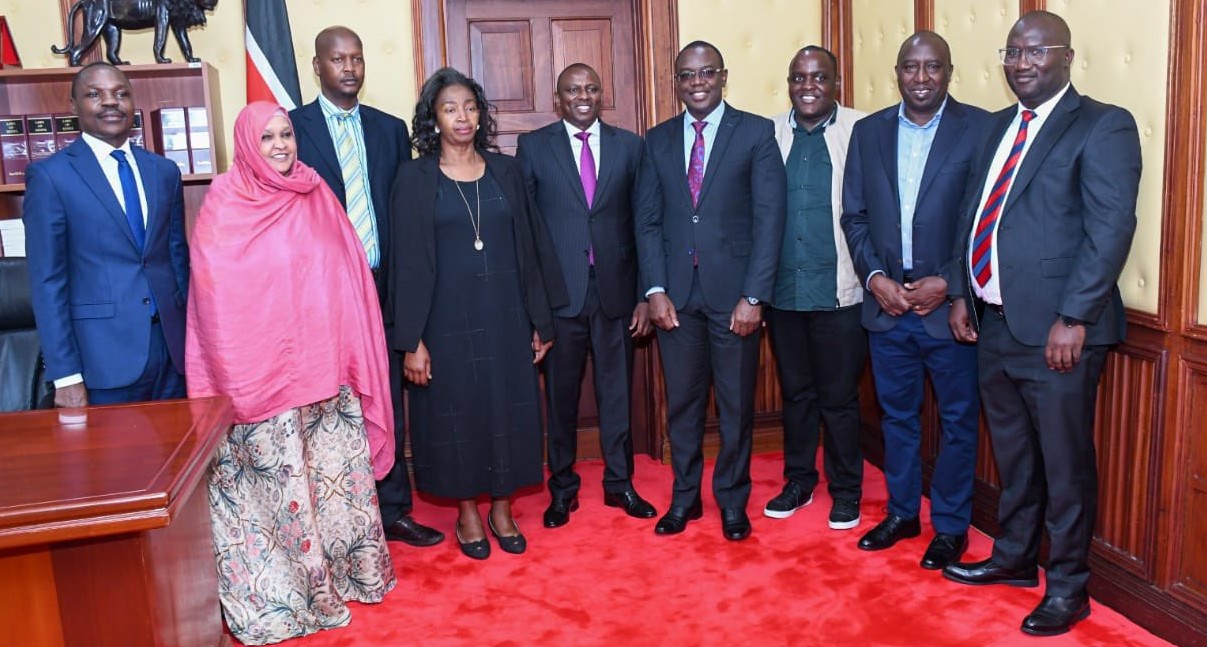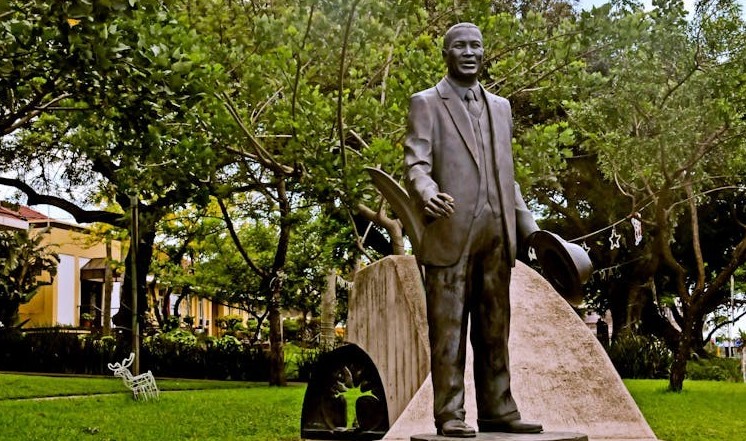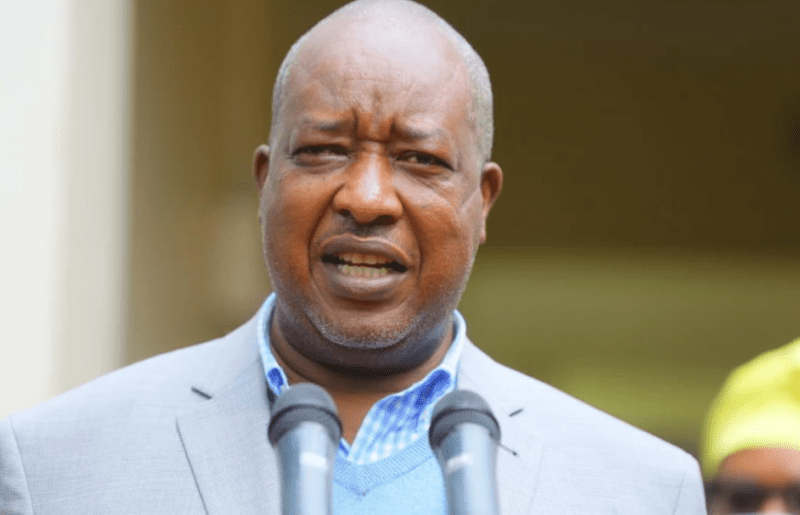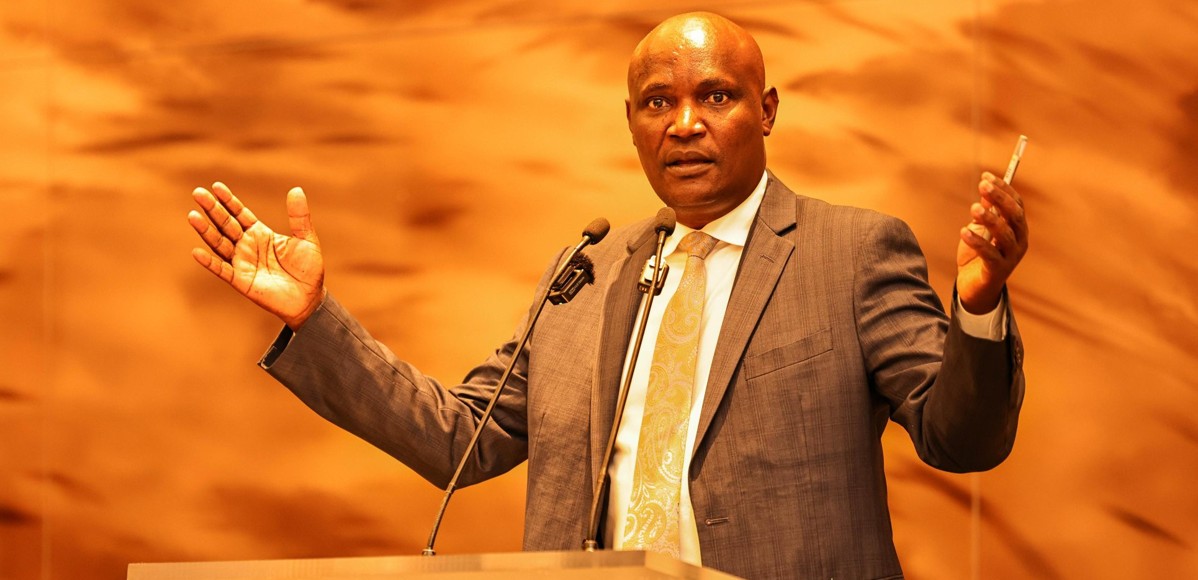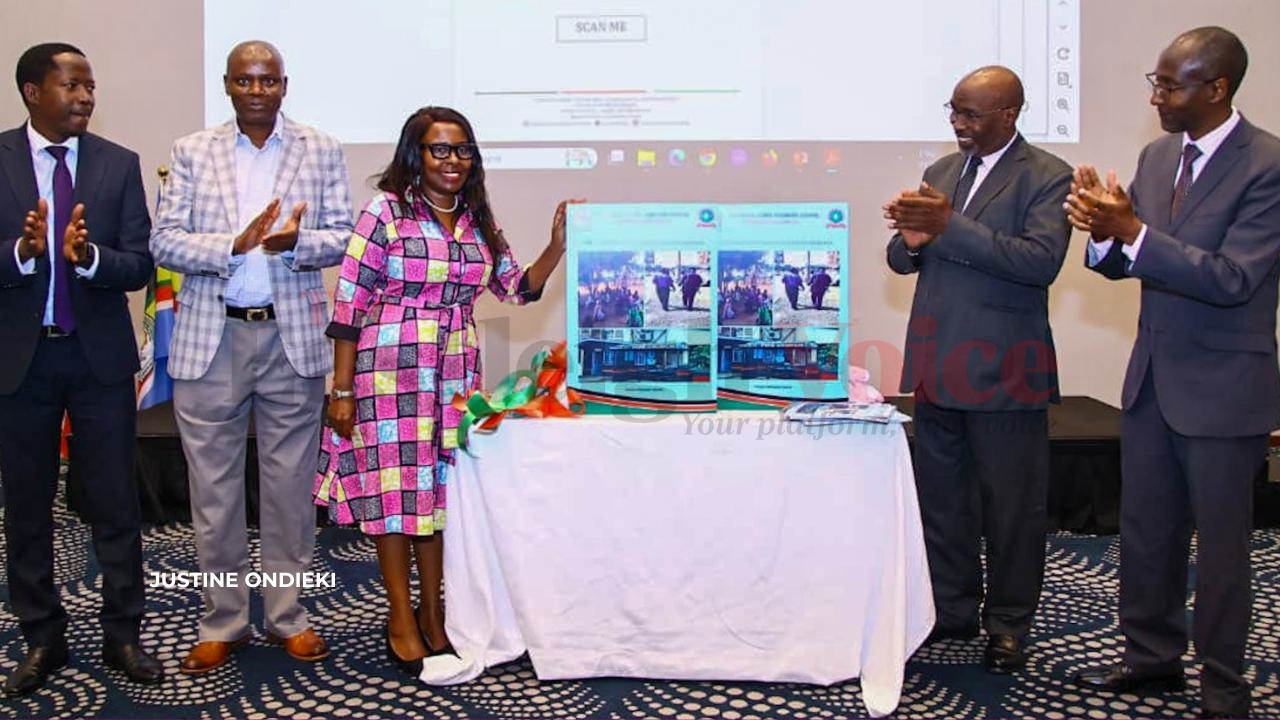Tana River unveils its first museum showcasing county's rich cultural heritage
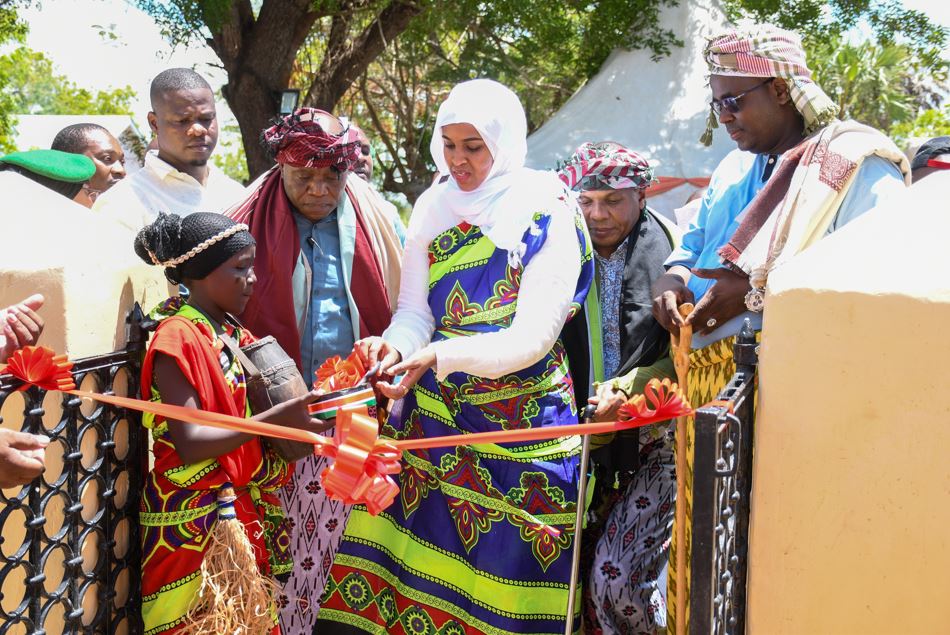
The museum, housed in a 120-year-old facility, features a variety of artefacts, including century-old canoes, fishing traps, and pottery that highlight the traditions and way of life of the region's early inhabitants.
Residents of Tana River County have welcomed the establishment of the region's first museum in Ngao village, marking a significant step towards preserving their rich cultural heritage and attracting tourism to the area.
Local community members expressed their excitement and pride in having a dedicated space to showcase the county's history and unique artefacts.
More To Read
- Climate crisis imperils 43 per cent of world heritage sites, says IUCN
- UNESCO unveils virtual museum of world's stolen cultural objects
- Black wattle as firewood: How South African communities are putting invasive species to work
- Egypt’s Mt Sinai luxury tourism project sparks global outcry over heritage and Bedouin displacement
- Côte d'Ivoire’s sacred talking drum is coming home: Lessons from Kenya on how it could transform lives
- Antonio Guterres leads global commemoration of International Day of the World’s Indigenous Peoples
Hero Bwanamaka, a local businessman, called the new museum "a redefining moment" for Tana River, urging tourists and investors to explore the area and its historical significance.
"There is a part of history that has been left out when the history of Christianity is told, and I’m glad it has been traced to Tana River County. This should inspire a review in history books to make the story complete,” said Bwanamaka.
Lela Ali, a village elder, praised the museum as a tribute to the resilience of their ancestors. “Our children will now have a place to learn about their roots and understand the struggles that shaped our community,” she said, noting It is a chance to pass down their stories to the younger generation.
Another resident, Mwinyi Mwarabu, highlighted the potential for economic growth. "This museum can become a focal point for visitors from all over the world. We have stories and artefacts that you cannot find anywhere else. We hope this will bring business opportunities and help uplift our community,” he said.
The museum, housed in a 120-year-old facility, narrates the story of how locals resisted colonial efforts to establish Christianity in the area. It features a variety of artefacts, including century-old canoes, fishing traps, and pottery that highlight the traditions and way of life of the region's early inhabitants.
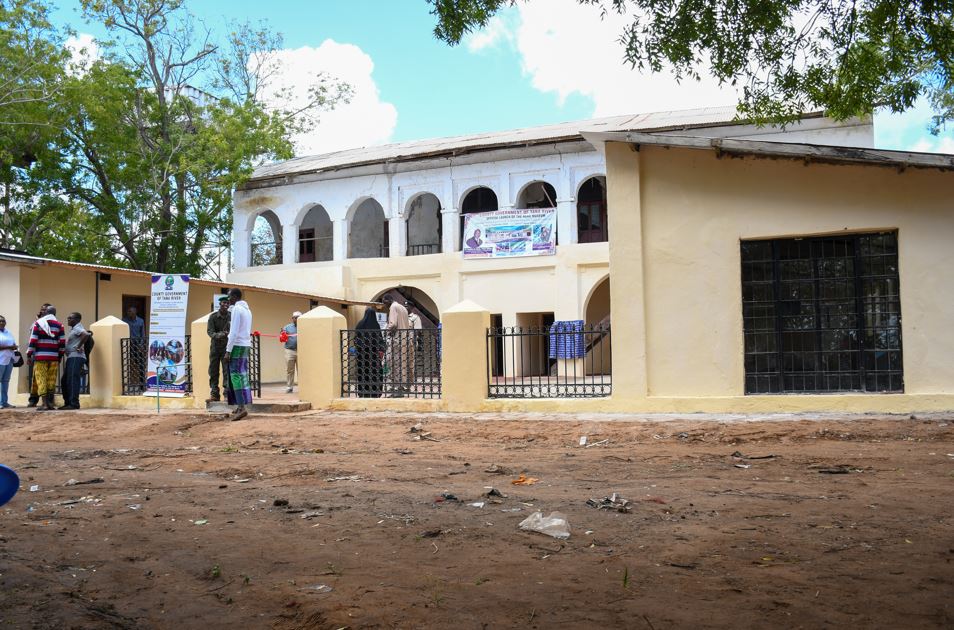 The museum in Ngao village, Tana River County features a variety of artefacts, including century-old canoes, fishing traps, and pottery. (Photo: Farhiya Hussein)
The museum in Ngao village, Tana River County features a variety of artefacts, including century-old canoes, fishing traps, and pottery. (Photo: Farhiya Hussein)
Tourism hub
Tana River Governor Dhadho Godhana echoed the sentiments of the community, emphasising the county's untapped potential as a major tourism hub.
He highlighted the historical significance of the Tana River, particularly the role it played in the struggle for Kenya's independence. “It was at Hola Prison where prisoners of war went on hunger strike and were clubbed to death, leading to major discussions at the Lancaster Conference, which paved the way to our freedom. This crucial piece of history has been overlooked and needs to be brought to light,” he said.
The county's diverse heritage includes the Ancient Tunnel of the British under Lord Garrison's Administration in Garsen, the colonial district commissioner’s office in Kipini, the ancient mosque of the Sultan of Muscat, and the grave of Fumo Liyongo, all of which are now poised to attract more attention.
Culture and Heritage Principal Secretary Ummi Bashir announced that the State Department of Heritage, in partnership with the county government, will spearhead the mapping and gazettement of heritage sites in Tana River County.
She said these efforts are part of a broader strategy to position Kenya as a global heritage centre.
“This is a step towards showcasing our country’s rich history and culture, which dates back centuries,” said Bashir.
She added that the government would support the county in mobilising resources to renovate and promote these sites, making them official attractions for tourists and archaeologists worldwide.
Bashir also highlighted the unique offerings of Tana River, such as ancient cultural medicines and beauty products, which have the potential to attract niche markets globally. "There is a type of clay here that I am informed of delays ageing. People around the world usually trace it in other countries and pay expensively for it, yet here in Tana River, it is just treated as normal clay. We shall explore a market for it," she said.
Community members are hopeful that the new museum and the government’s support will not only preserve their cultural heritage but also generate economic benefits by drawing tourists and scholars to Tana River.
Top Stories Today
